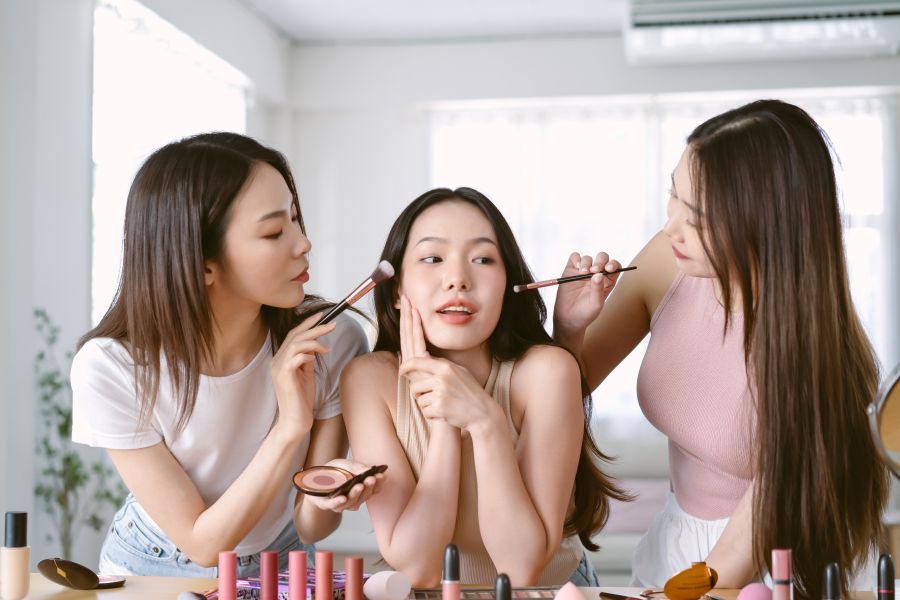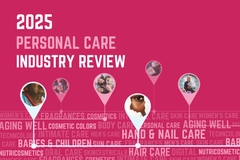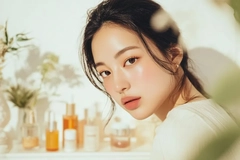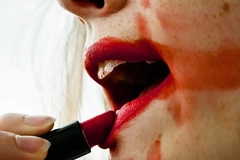Top personal care trends 2025 in China
Explore what beauty trends and consumer preferences are emerging across China

Personal care goes beyond routine, reflecting self-expression, well-being, and cultural identity. In China, the evolving landscape of personal care highlights the significance of blending tradition with innovation to cater to diverse consumer needs.
Innova Market Insights’ Innova360 research explores the changing personal care trends in China that align with the global market researcher’s Top 10 trends of personal care in 2025. It also highlights how brands can address emerging preferences and redefine personal care experiences.
Verifiable Value
Consumers in China prioritize cosmetic products with scientific validation over market hype, with 3 in 4 consumers willing to spend more on products with scientific claims.
Well-known claims include dermatologically tested and scientifically tested. Dermatologist-recommended products increasingly gain consumer trust across multiple categories, such as hand and body care, bath and shower, and hygiene and wellness products. This finding aligns with the “Verifiable Value” trend in personal care, which emphasizes high-performance products enriched with functional actives, backed by scientific research and proven results.
Hair care precision treatments appeal to most Chinese consumers, followed by skin care treatments. Consumers embrace local brands that blend botanical heritage with science, delivering high efficacy formulations. For example, Eve Charm’s anti-wrinkle cream contains ginseng extract, licorice root, sodium hyaluronate, and arginine.
Additionally, 62% of consumers in China prefer local brands over international brands for their facial skin care. Chinese cosmetics consumers turn toward natural ingredients when choosing their skin care.
Chinese cosmetics consumers turn toward natural ingredients when choosing their skin care.
Amplified Natural Actives
The preference for functionality and safety drives brands to innovate with plant-derived active ingredients and patented complexes. This trend aligns with “Amplified Natural Actives,” highlighting the prioritization of free-from formulation and fortified natural actives that deliver specific benefits.
In China, 76% of consumers seek natural ingredients in skin care products and 83% in hair care products, reflecting the increasing interest in products that balance modern science with traditional botanicals.
Many brands leverage fermented Traditional Chinese Medicine (TCM) to boost the potential of augmented naturals in their products. Brand Sum 37 uses 60-year-old fermented black tea V peptide in its eye cream. Other categories, such as sunscreens, hair products, and intimate wash, also benefit from this innovation.
Cross-cultural Convergence
Brands are increasingly investing in TCM ingredients for advanced formulations. Ingredients like snow mushroom, licorice root, white peony, ginseng, and mulberry gain global appeal, highlighting the success of Asian beauty in influencing Western consumers.
This finding aligns with the “Cross-cultural Convergence” personal care trend, emphasizing how Asian beauty trends transcend geographical boundaries and influence consumer choices and purchasing preferences in Western countries. In 2024, China reportedly exported around US$4 billion worth of beauty products.
Catering to consumer interest in new ingredients, Jing Cheng formulates its eye cream with centella asiatica extract, HPR retinol, Actuat E60 botanical complex, and B-complex postbiotics, applied with a ceramic micro-vibration applicator for enhanced efficacy.Beauty buyers are increasingly interested in products incorporating traditional botanicals like ginseng.
Grooming the Modern Man
Male consumers in China are increasing their skin, hair, and body care product use, resulting in a market growth of 19% CAGR over the past five years. This finding aligns with the “Grooming the Modern Man” trend, highlighting the increase in diverse product choices to provide customized solutions addressing male-centric personal care concerns.
Millennials prefer anti-aging products, while Gen Z prioritizes moisturizers in skin care features. Men seek anti-dandruff products and solutions to alleviate dry or itchy scalp conditions. They feel natural ingredients, such as essential oils, vitamin E, aloe vera, shea butter, cocoa butter, and Virginia cedar, are better for the skin than synthetic ones.
Through the Ages
Personal care preferences vary significantly across generations, especially among older female consumers. Gen X seeks anti-aging products to reduce wrinkles and enhance skin elasticity.
Consumers in China above age 55 prioritize antioxidant/anti-pollution, brightening, collagen-increasing, anti-aging, and hypoallergenic features in the products. This finding aligns with the “Through the Ages” trend, emphasizing the emerging space for female-centric health and wellness for women in every age bracket.
What’s next in personal care trends?
The personal care industry in China is evolving rapidly, driven by changing consumer preferences and innovative product offerings. Brands increasingly focus on integrating traditional ingredients with modern formulations to cater to diverse needs.
As consumers prioritize holistic well-being, the demand for multifunctional and targeted solutions grows. With an aging population, there is a growing interest in hair care products that maintain color vibrancy. Senior consumers are willing to invest in premium solutions that protect and enhance their hair color.
Time-honored Chinese ingredients, like ginseng and licorice, can be incorporated into global product lines, offering moisturizing and rejuvenating benefits. Leveraging fermented natural ingredients can boost efficacy in categories like anti-aging sunscreens and scalp care. As consumers increasingly embrace TCM in their personal care routines, brands will likely merge natural ingredients with scientific advancements, creating innovative solutions tailored to their evolving needs.
This article is based on the Innova Market Insights report, “Top Personal Care Trends 2025 in China.”












